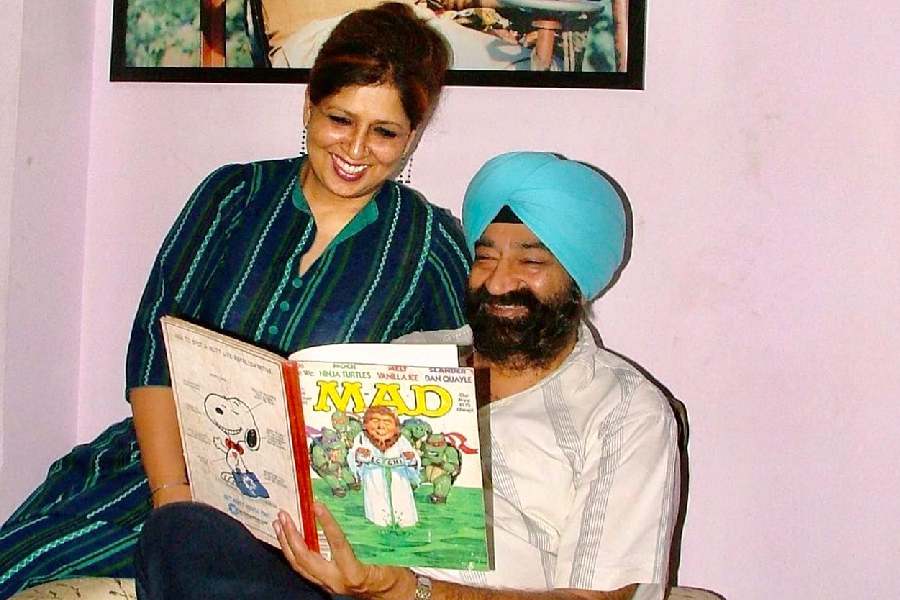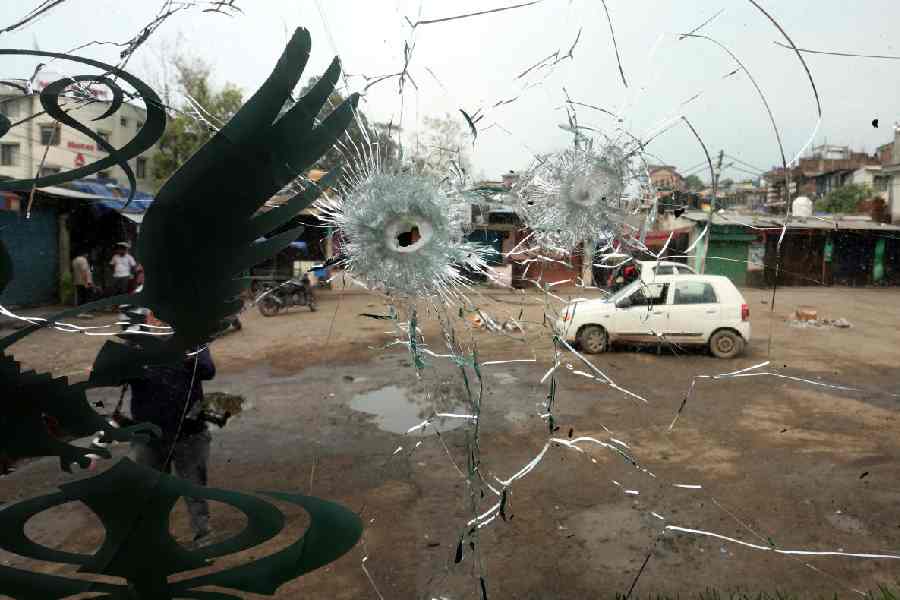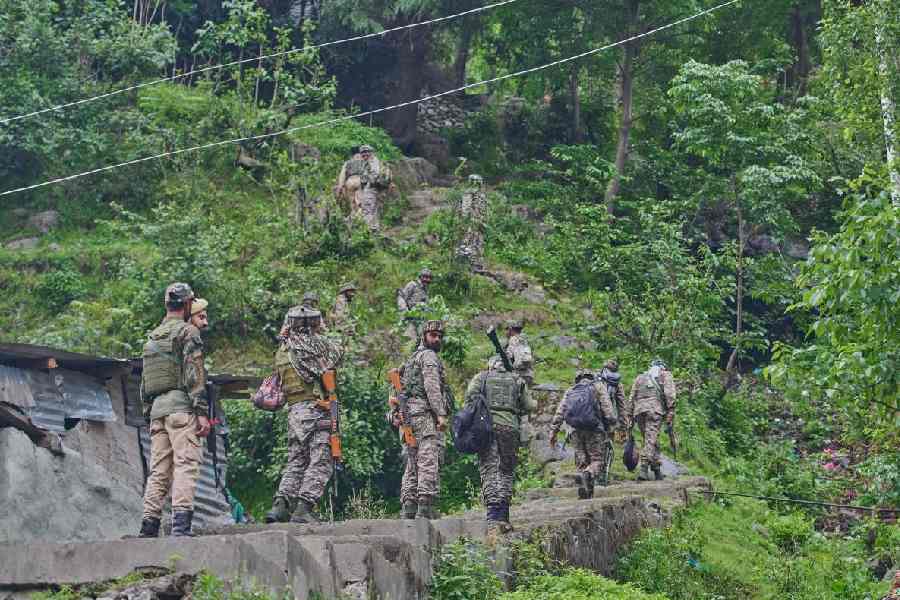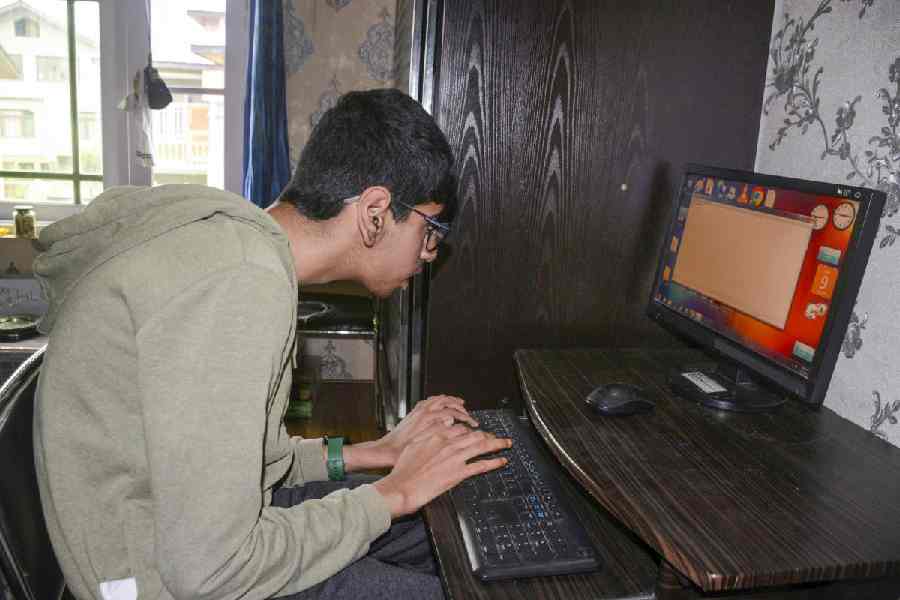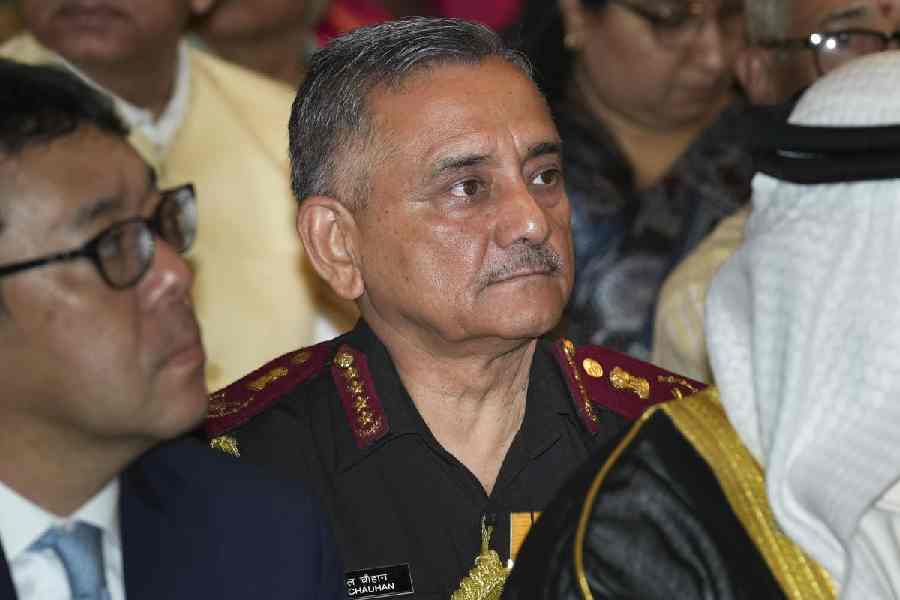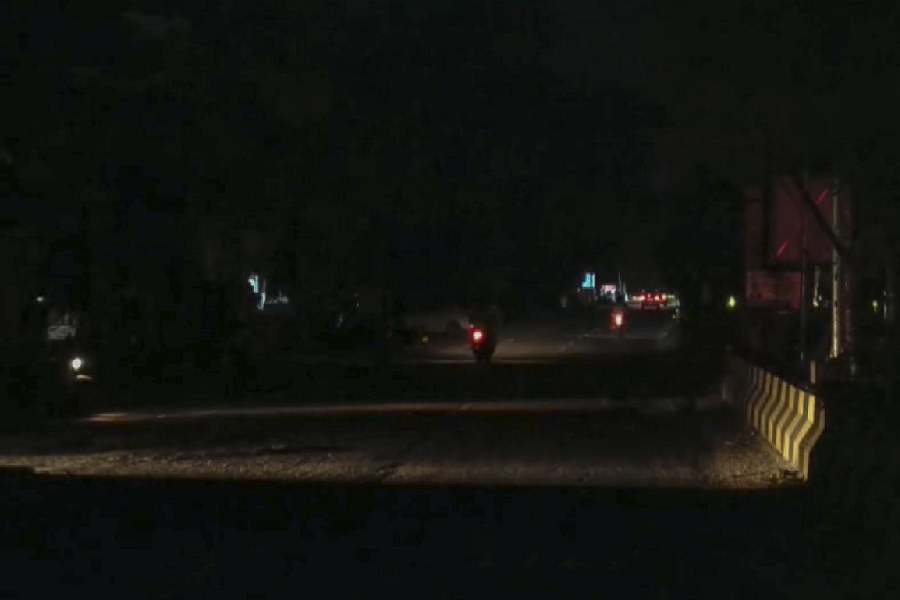Kohima, March 31 :
Kohima, March 31:
The provisional figures of the 2001 census reveal that immigrant settlers from Assam and Tripura have swamped the hill states of the Northeast.
The figures released here today showed that, except for Assam and Tripura, population growth in the remaining five states of the region was much higher that the national growth rate of 21.34 per cent during 1991-2001. Nagaland, like in the last census, emerged as the state with highest population growth rate in the country recording 64.41 per cent. Census officials said it was difficult to ascertain whether the migrants were legal.
The total population of the state was registered at 1,988,636 persons with 1,041,686 males and 9,46,950 females as against 12,09,546 people registered in 1991. According to the census figures, the population growth in Assam and Tripura declined from 24.24 to 18.85 per cent and from 34.30 to 15.74 per cent respectively during 1981-91 to 1991-2001.
The census report, released here today by chief minister S.C. Jamir, showed marginal improvement of 67.11 per cent in the literacy rate as against 61.65 in 1991.
The male literacy rate was recorded at 71.77 per cent while the female literacy rate is 61.92 per cent. However, Mokokchung district recorded the highest literacy rate of 84.27 while Mon district recorded 42.25 per cent.
Wokha district registered the highest growth of 95.01 per cent followed by Tuensang (78.10 per cent), while Phek district registered a marginal growth from 44.66 to 45.12 per cent.
Dimapur is the most densely populated district although the state's average density (120 per square km) is much lower than the national density, which is 324 as per the census. The sex ratio (number of females per thousand males) is 909, an impressive increase from 890 in 1991. In 1941, females outnumbered males, but the sex ratio was on the decline till 1981. However, the ratio increased from 863 in 1981 to 890 in 1991 and, to 909 in 2001.
Zunheboto district recorded the highest sex ratio in the last three census while Dimapur registered at lowest. But the state's average sex ratio of 909 is lower than the national average of 933.
Later, the chief minister said the 2001 census was most comprehensive operation to be taken up in the state because detailed enumeration on earlier occasions was not possible because of various reasons.
 Saturday, 10 May 2025
Saturday, 10 May 2025

